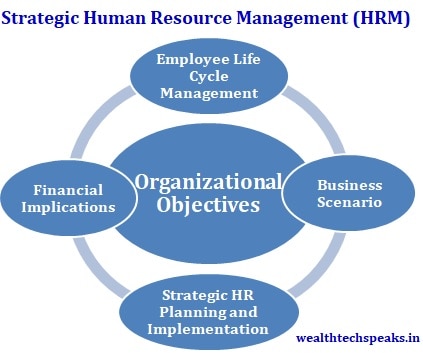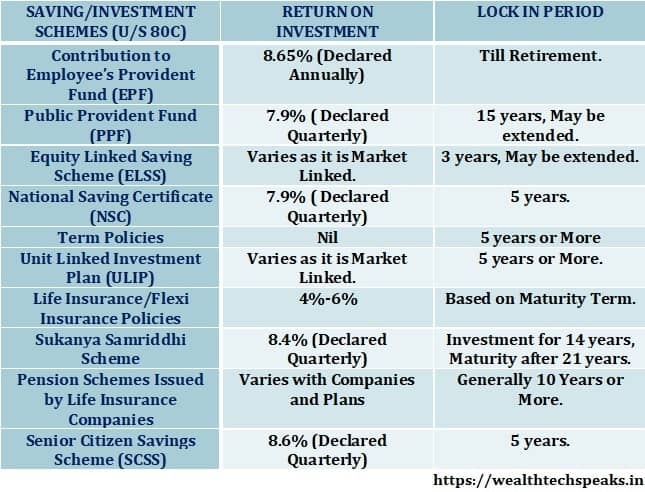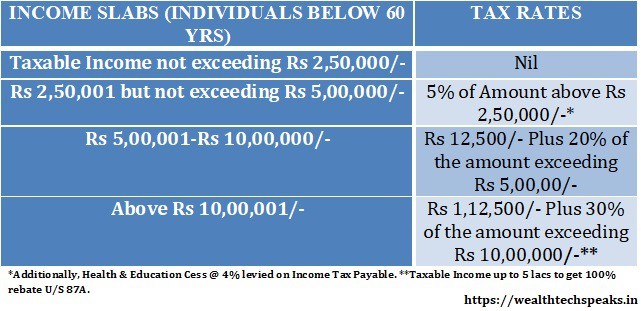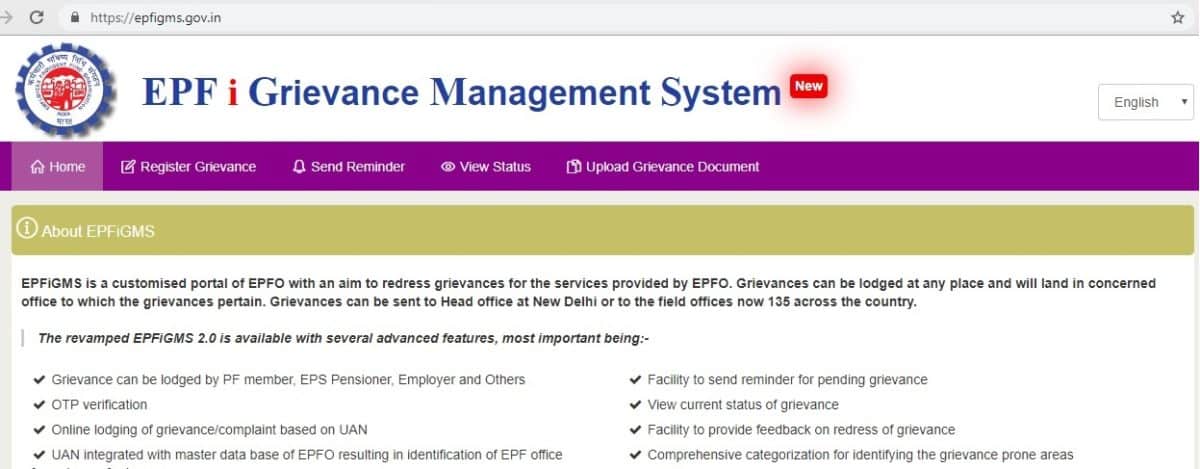
SEBI Peak Margin Norms Implementation
- Posted By Amritesh
- On September 28th, 2021
- Comments: 4 responses
SEBI peak margin norms final phase has come into effect from 1st September, 2021. This is the fourth and final phase implementation of the peak margin norms. SEBI has introduced the peak margin rules in four phases beginning from September, last year. The new SEBI peak margin norms are introduced with the objective of safeguarding the interest of the investors and restricting speculative trades. Thereby, the peak margin regulations also restrict the leverage extended by the broking houses to their respective clients. The traders and broking firms are not too excited about the introduction of peak margins as it is likely to impact the trading volumes. The new rule for peak margin is applicable to the Cash and the Future & Options (F&O) segment of the capital market.
Ways to Select the right MF for Investment
The move aims to bring transparency, restrict unethical practices, ensure fairness in the transactions. This is primarily done to protect the interest of the minor stakeholders. However, many of the stock traders as well as broking firms are unhappy as it restricts leverage which is expected to impact the intraday trade. The “new peak margins” requires investors/traders to provide 100% margin upfront for placing a trade. Previously, the margins used to be collected on end-of-the-day basis. Do note that the new norms will have minimal impact on the positional traders and investors.
Claim Your Free Demat Account- Flat Fee, Zero Commission MF (Click)
Intra Day trade volume will be impacted as the traders need to provide 100% margin upfront which restricts the leverage available earlier. Even the broking houses believe the new peak norm is restrictive in nature and hard for their business. However, SEBI objective to introduce the peak norms is to restrict manipulation and protect the interest of retail investors.
Changes under SEBI Peak Margin Norms effective from 01st September, 2021
1.) Buying and selling of shares will Require 100% upfront margin w.e.f 01.09.2021.
If an Investor wants to buy ITC shares worth Rs 1 lakh, he/she must have Rs 20,000 in the account as cash (margin payment) and the rest money need to be paid within 2 days. The margin is determined by the Stock Exchanges based on Value at Risk Margin (VaR) and Extreme Loss Margin (ELM). VaR margin intends to cover the largest loss percentage that a trader may during the day in trade. The margin varies from stock to stock; blue chip stocks have the least margin while penny stocks have higher margin. Whereas, ELM attempts to cover the losses beyond the coverage of VaR margins.
Furthermore, penalty will be imposed on stockbrokers and traders failing to comply with the peak margin norms during the session. Futures & Options (F&O) trade also need 100% margin in consideration to SPAN plus Exposure. SPAN stands for Standardized Portfolio Analysis of Risk, it is the margin used cover the potential losses in F&O trade.
Income Tax Slabs & Rate for Financial Year 2021-22
Peak Margins will be calculated during based on the minimum of 4 snapshots of the margins taken during the session. The maximum margin observed will be considered as the peak margin.
One needs to maintain sufficient funds or may pledge other holdings to comply with stipulated margin requirement.
2.) Buy Today Sell Tomorrow (BTST) trade is now restricted. As traders not involved in intraday trade may only sale shares available in their demat account, but shares are only available on T+2-day basis. Many of the brokers have stopped offering BTST trade to the clients. However, few brokers continue to offer BTST trade on their platforms.
For instance, ITC shares bought on Monday, may only be sold after receiving the delivery of shares, on Wednesday. One may sell the shares available in DP/only after receiving the delivery of shares.
3.) Shares redeemed from the Demat Account; the entire sale proceeds cannot be used for new trades on the same day. The funds for new trade will be available the next day (T+1). Intraday profits will be able for trade only after the settlement (T+2 days).
Likewise, trader executes an intraday trade of Rs 1 lac, and makes a profit of Rs 10,000/-. The invested amount of Rs 1 lac will be available for the next trade immediately but the profit of Rs 10,000/- will only be available after T+2 days.
4.) New norms peak margin norms apply to Cash segment and F&O trades.
Impact of New Peak Margin Norms
Majority of the retail traders should not be adversely impacted as the most of the broking houses collect the full transaction value upfront. In all likelihood professional big-time traders will be impacted by the new norms. The new norms are expected to bring stability and restrict manipulative trades. However, the volume of intraday trade will be impacted as higher upfront margins will dissuade the investors to infuse additional funds. The new norms may appear harsh to some, but the main intention is to protect the interest of retail investors from speculations and unfair practices.
Do subscribe to our WealthTech Speaks YouTube Channel & also our Blog as it keeps us motivated to post new content. In case you are interested in investing in Stocks, get your free Demat today (Click Here).
Wealthtech Speaks or any of its authors are not responsible for any errors or omissions, accuracy, completeness, timeliness or for the results obtained from the use of this information. This article is for informational purpose only. Readers are advised to research further to have detailed knowledge on the topic. It is very important to do your own analysis and consult your Financial Advisor before arriving at any conclusion.







